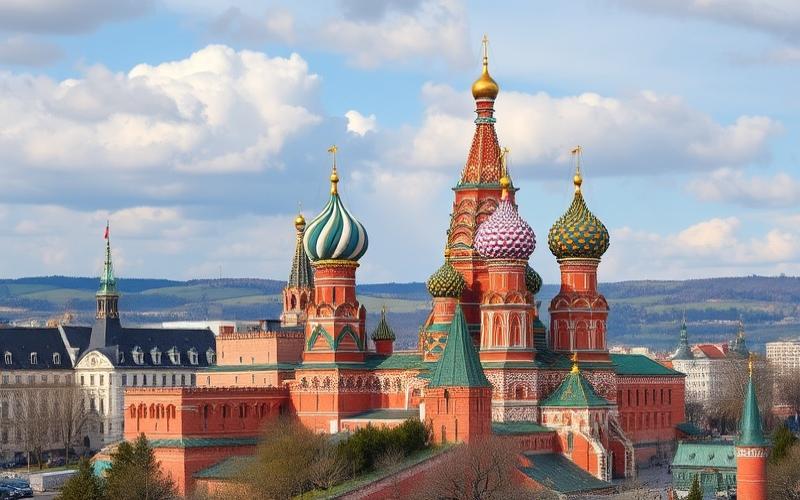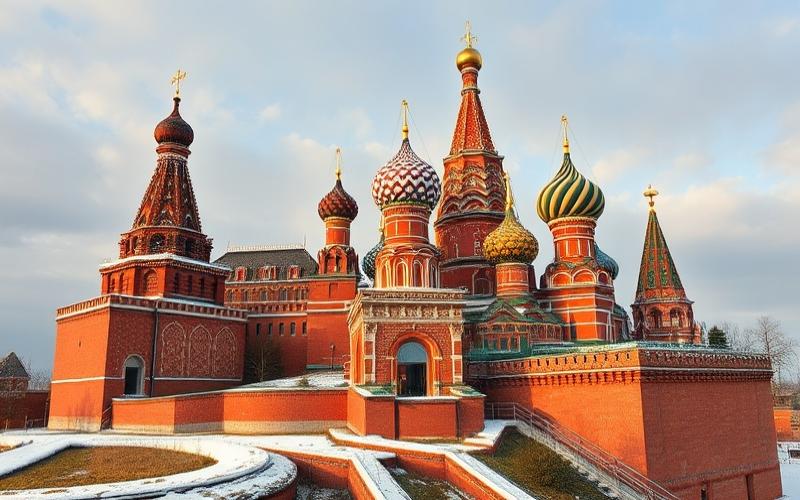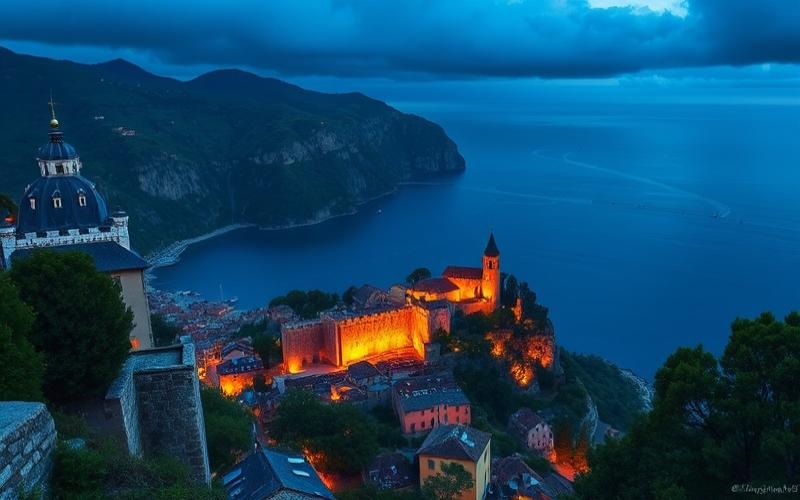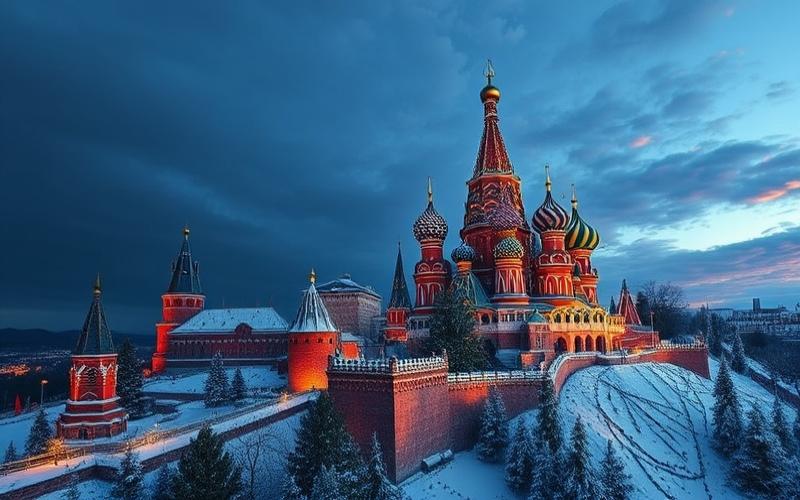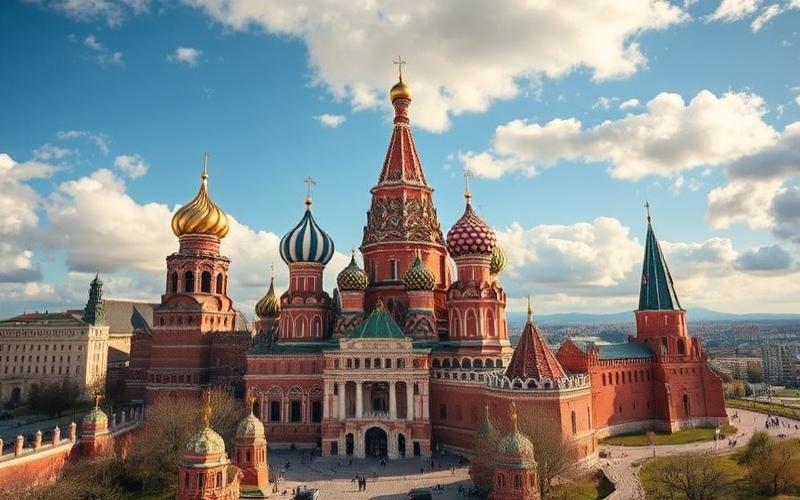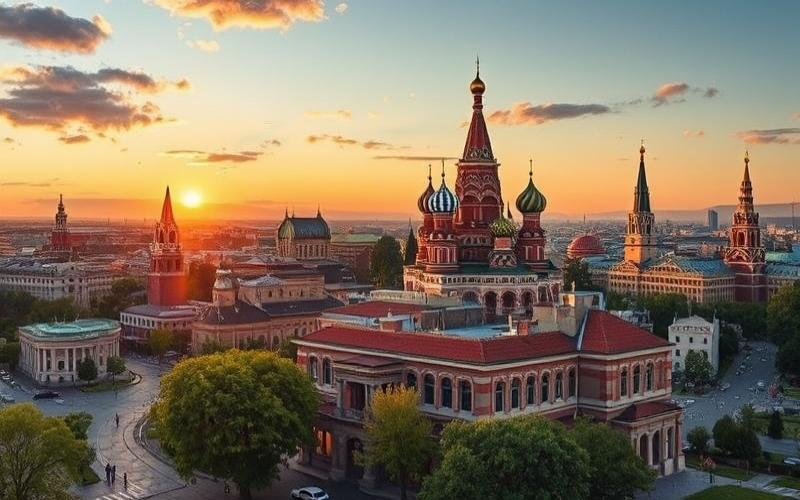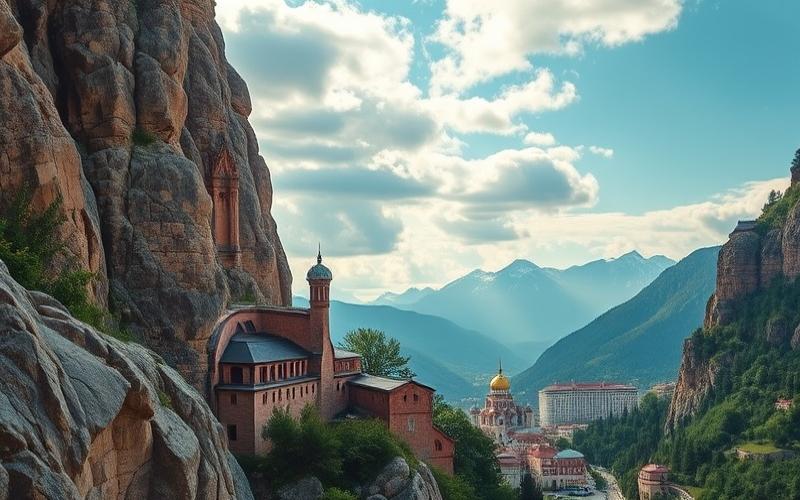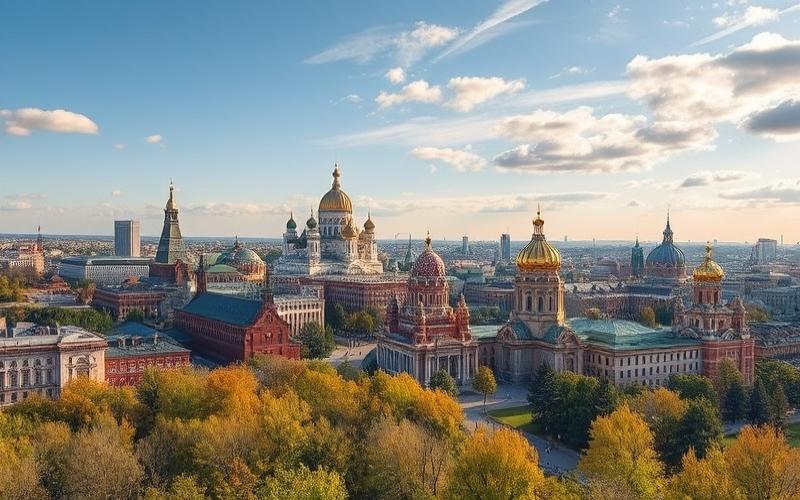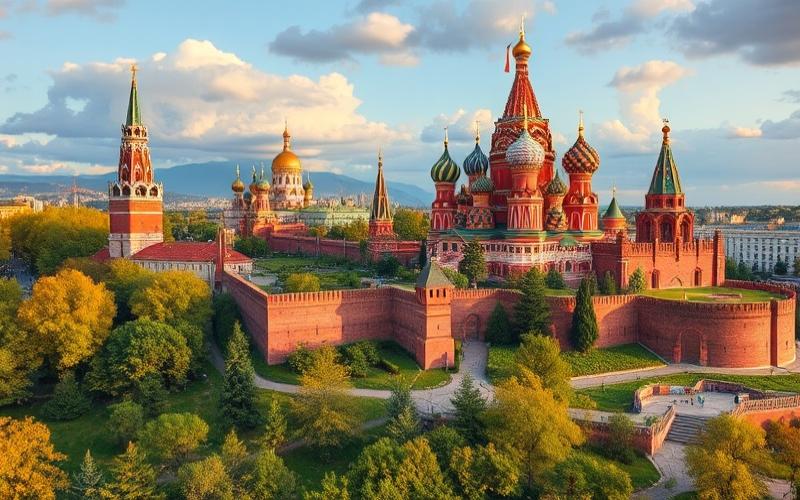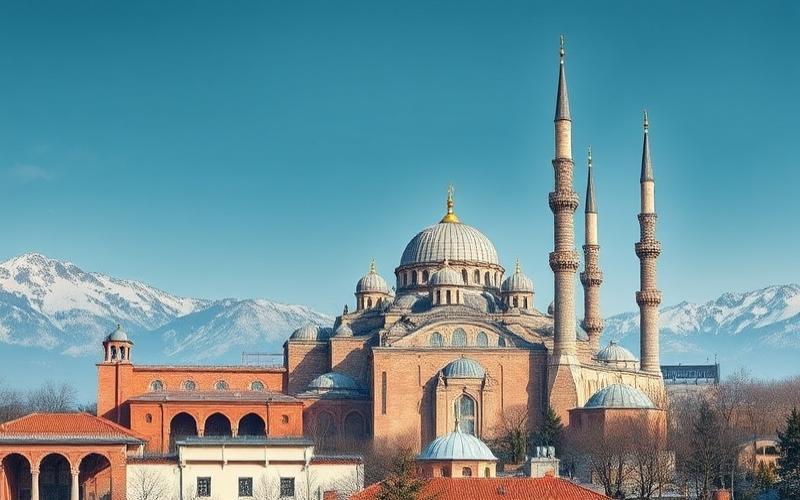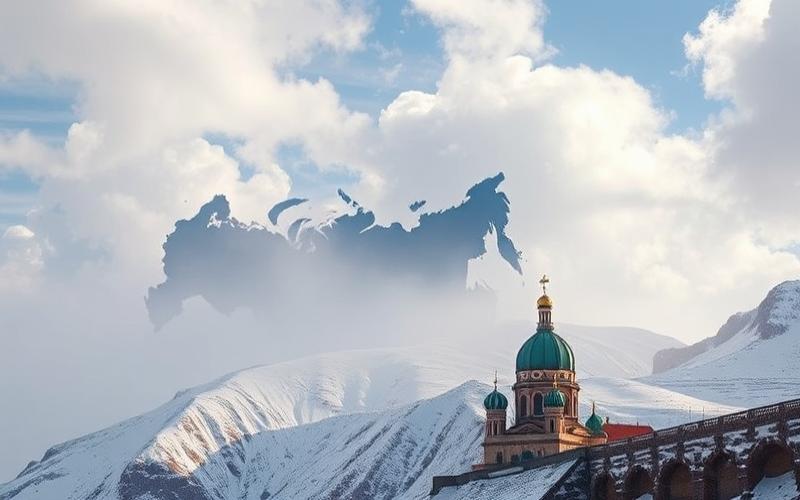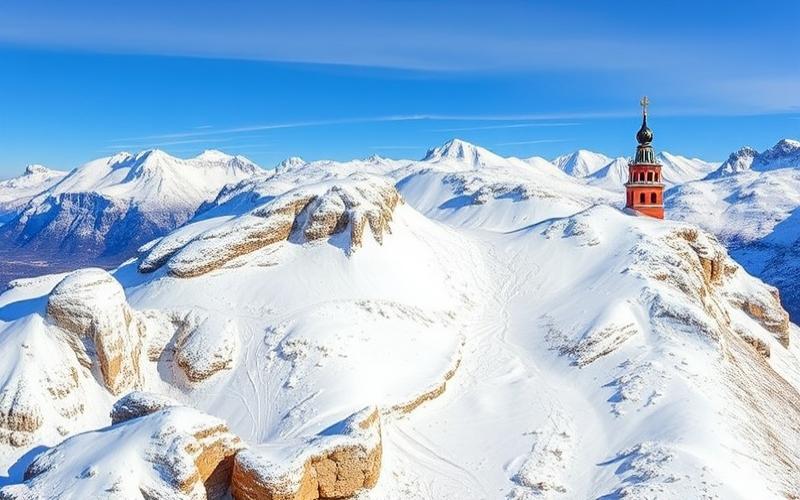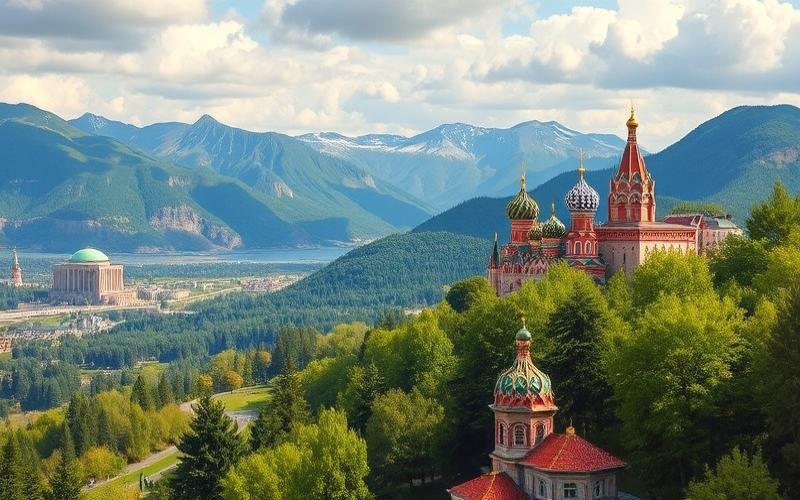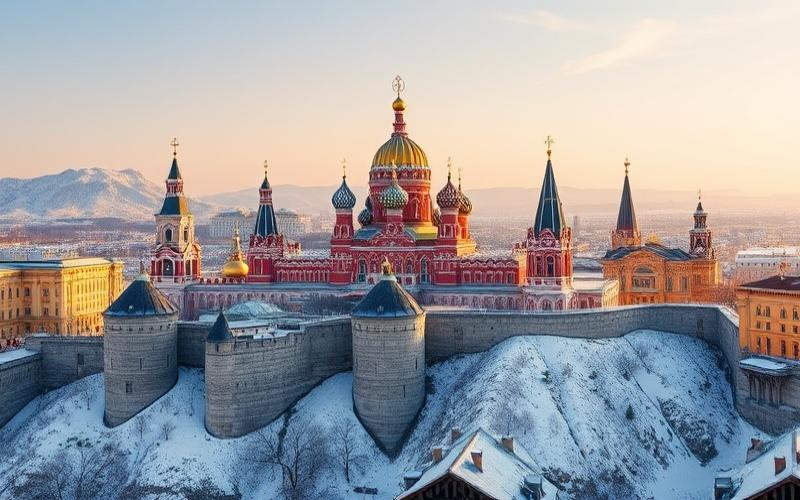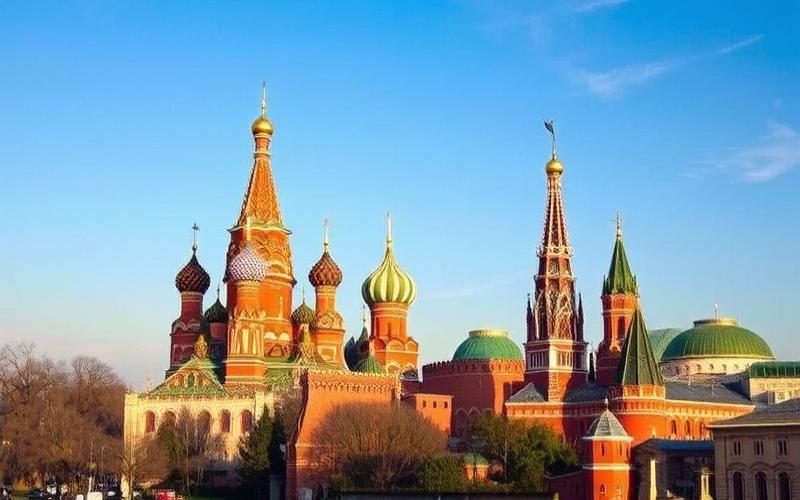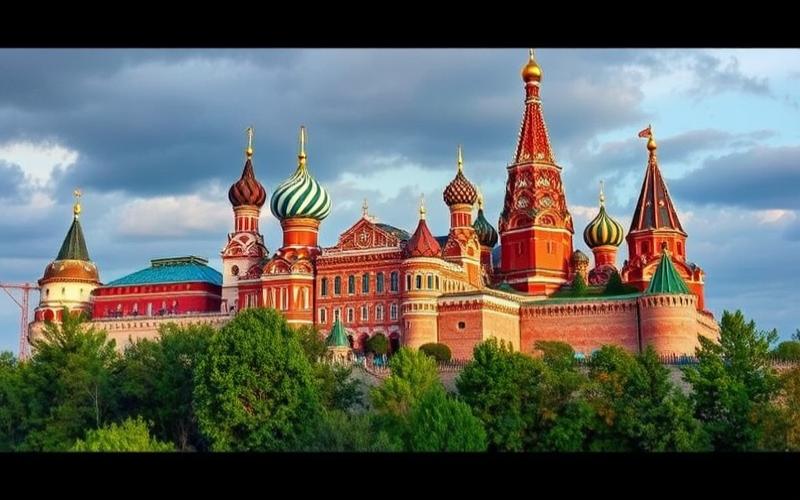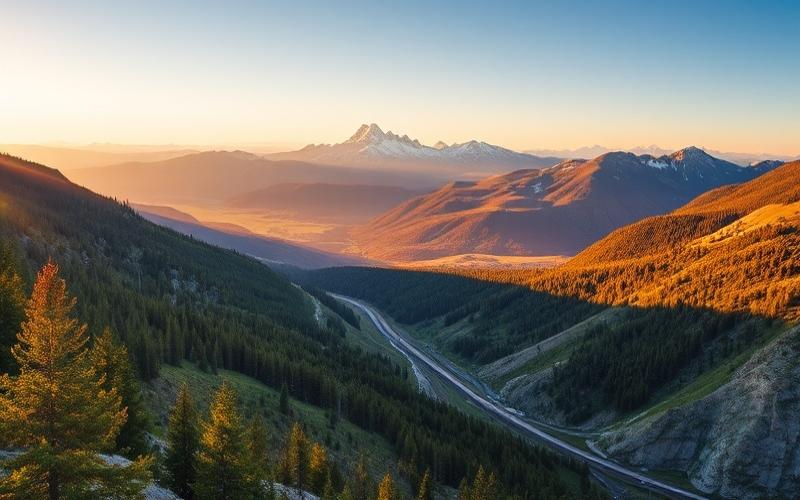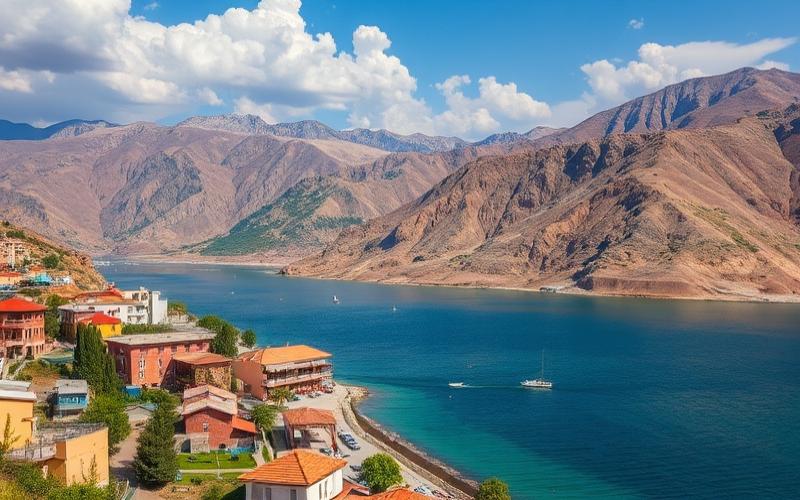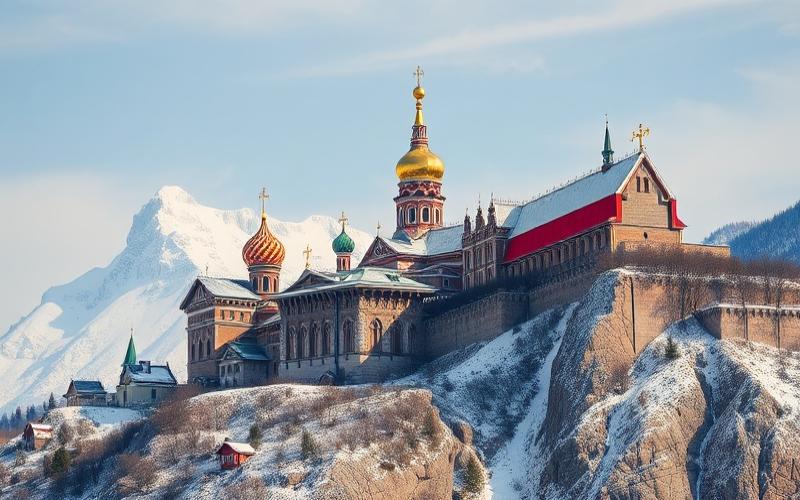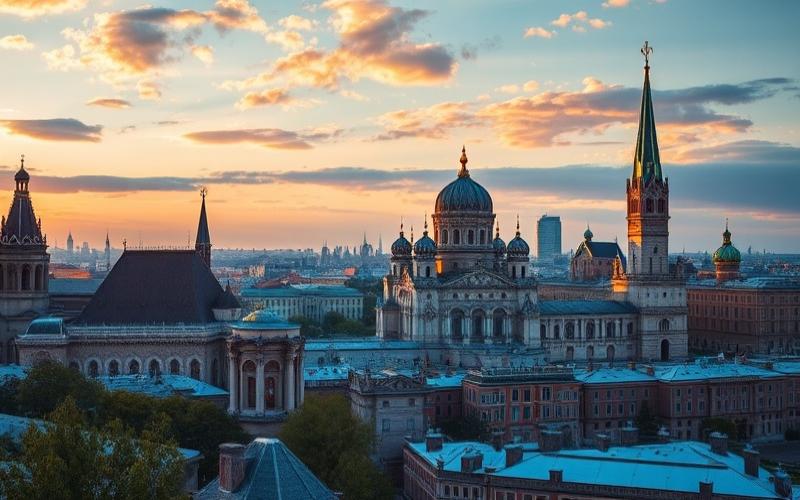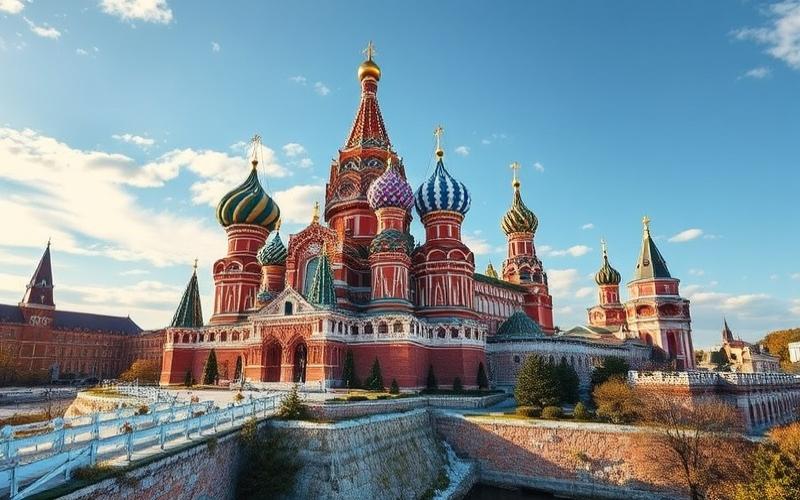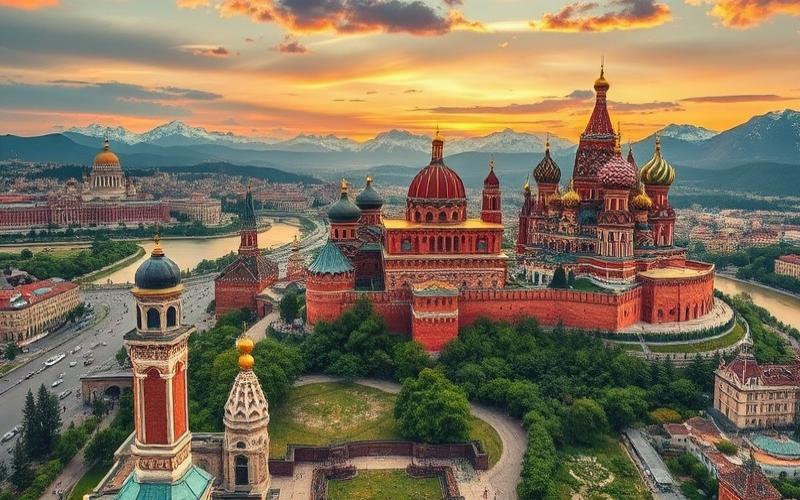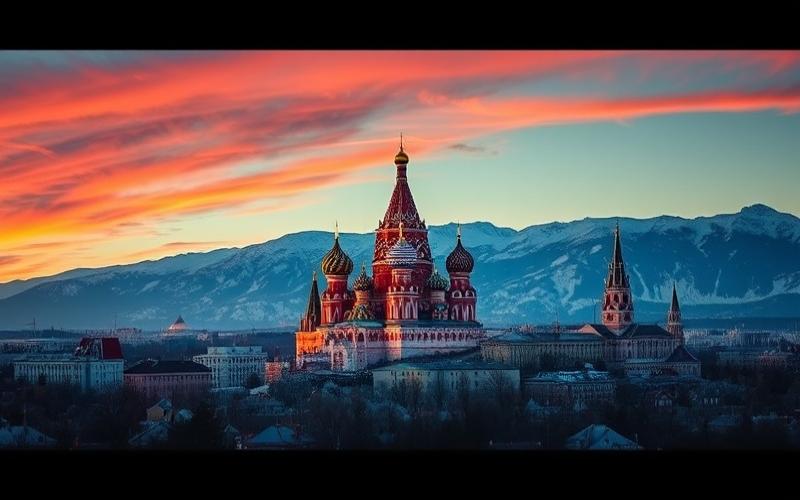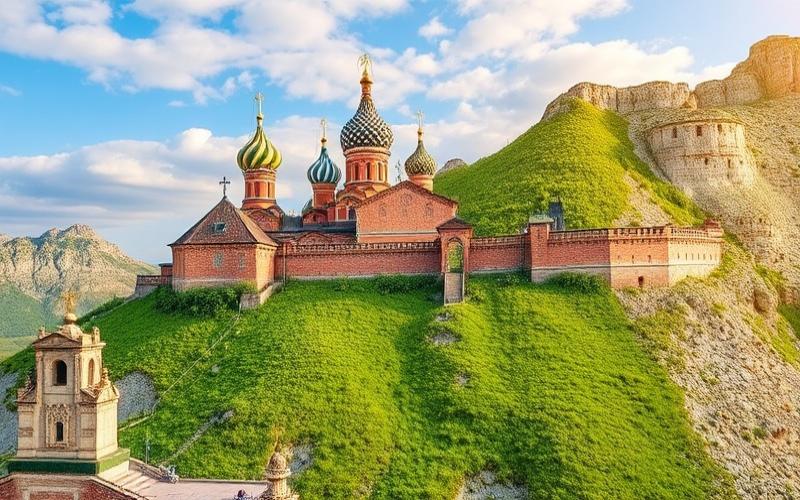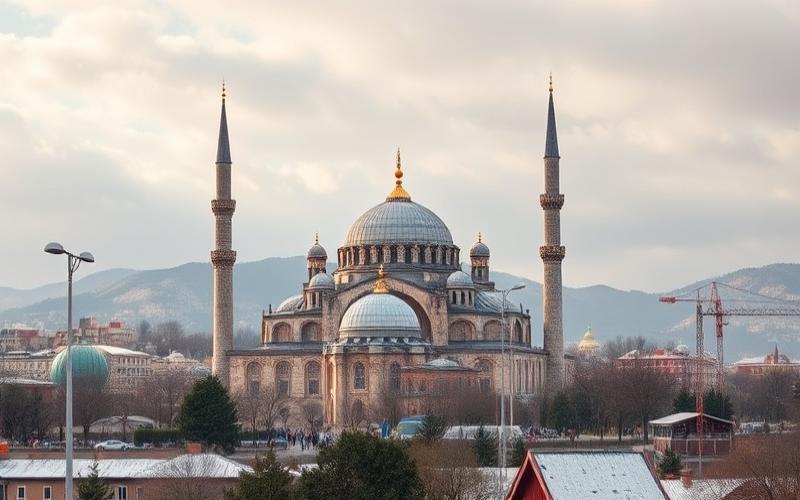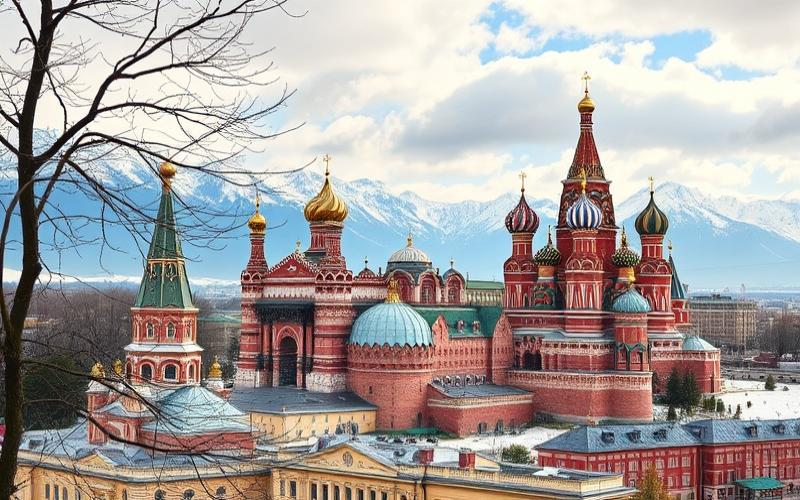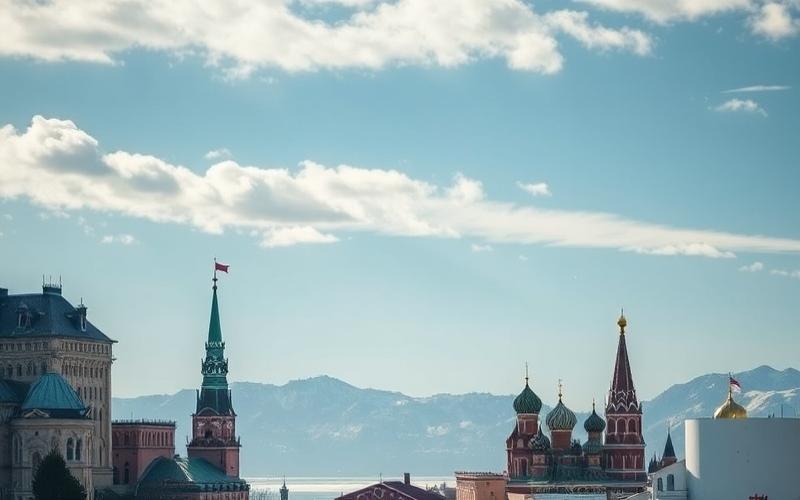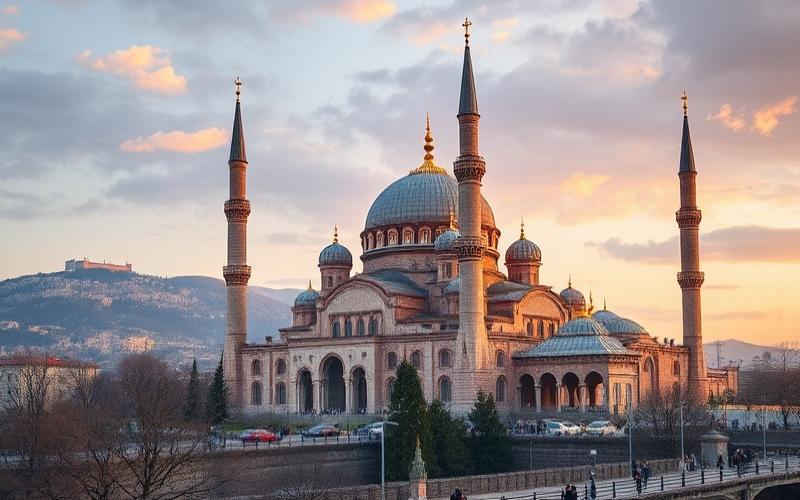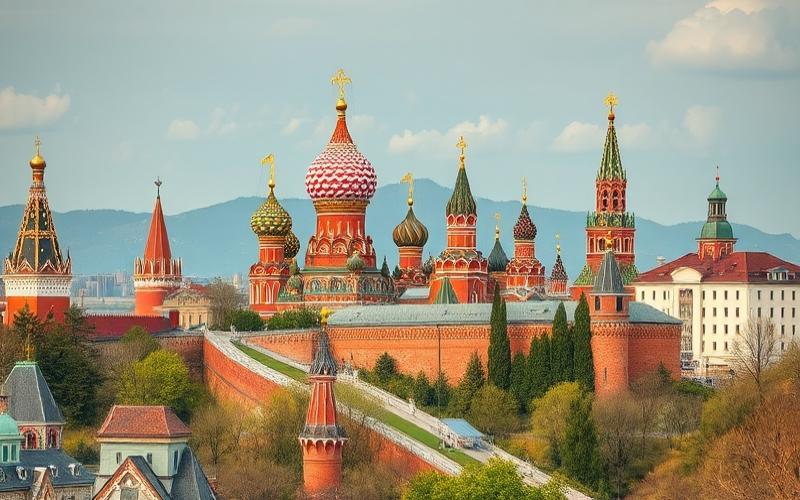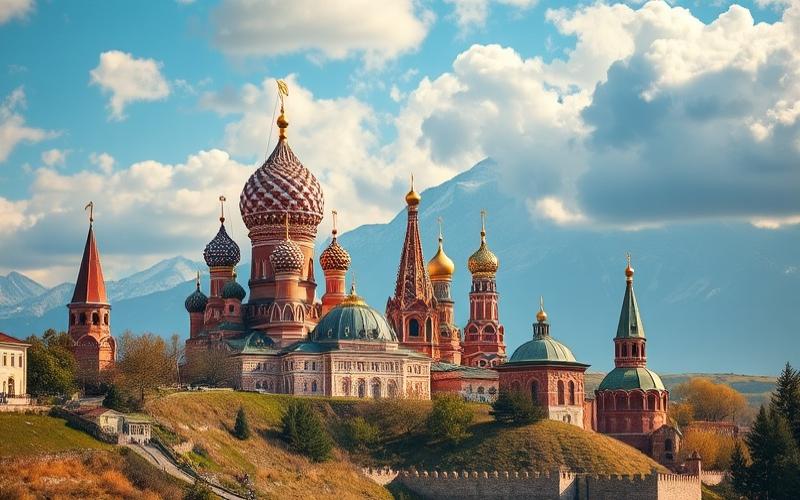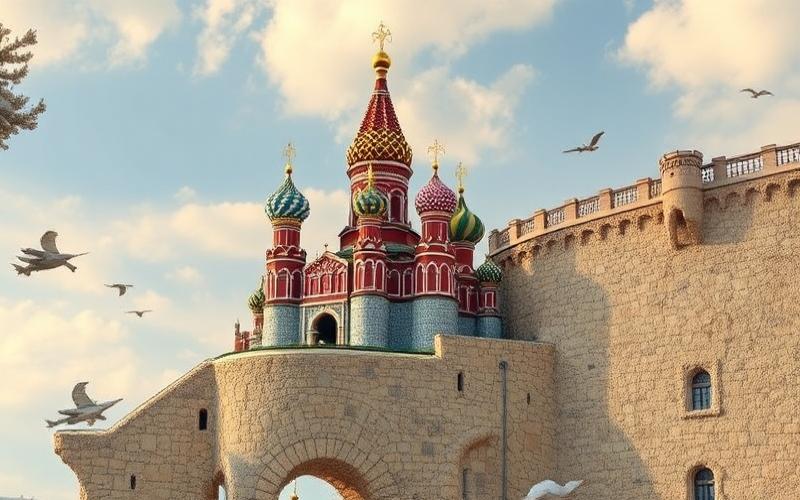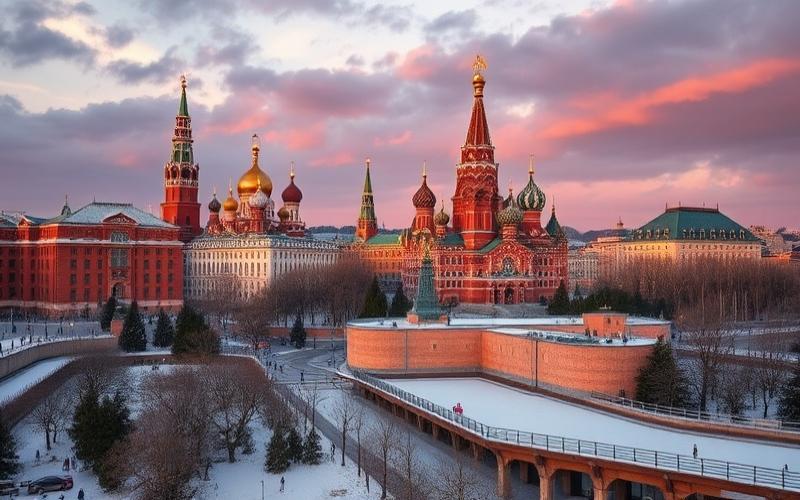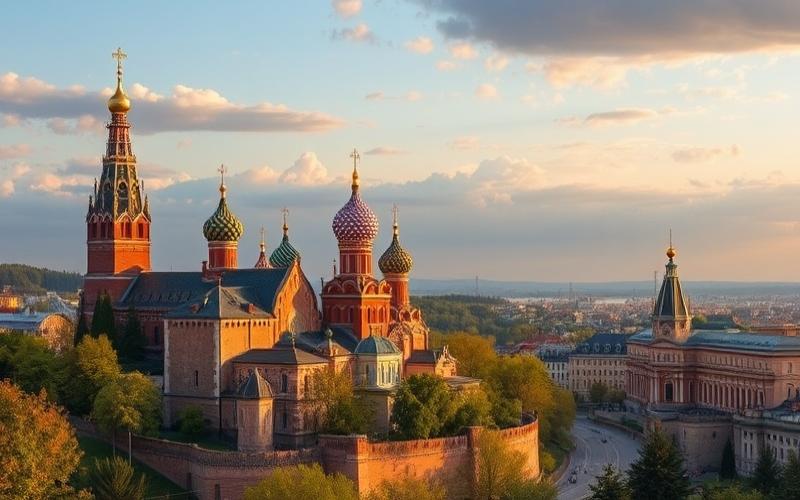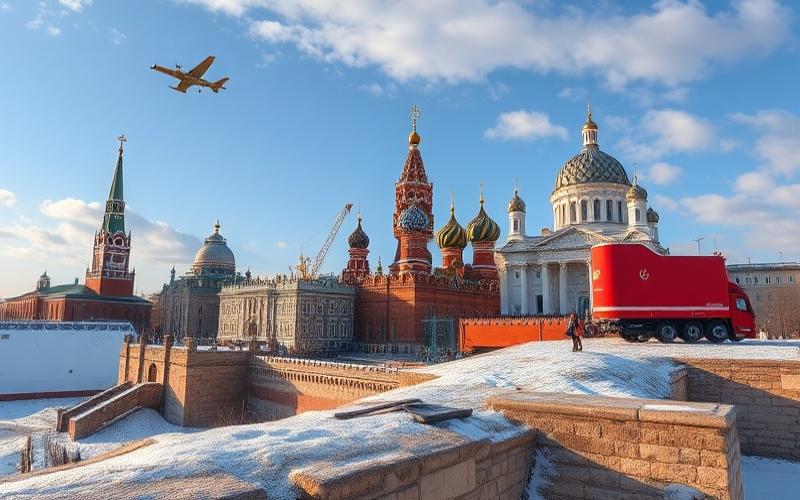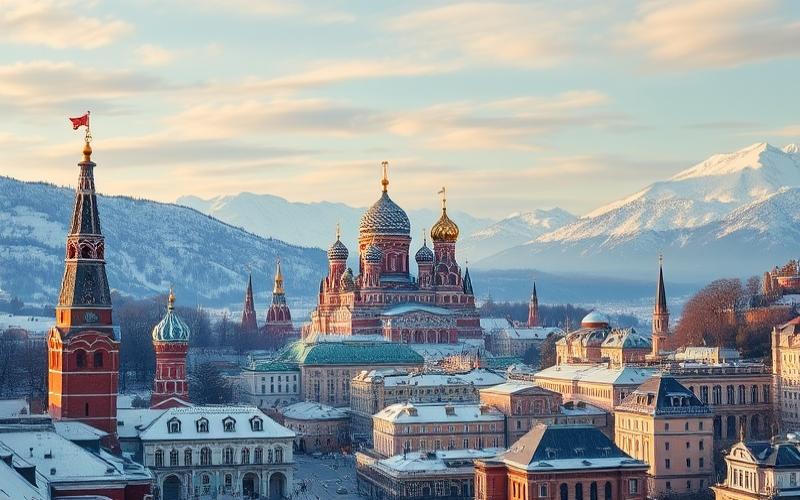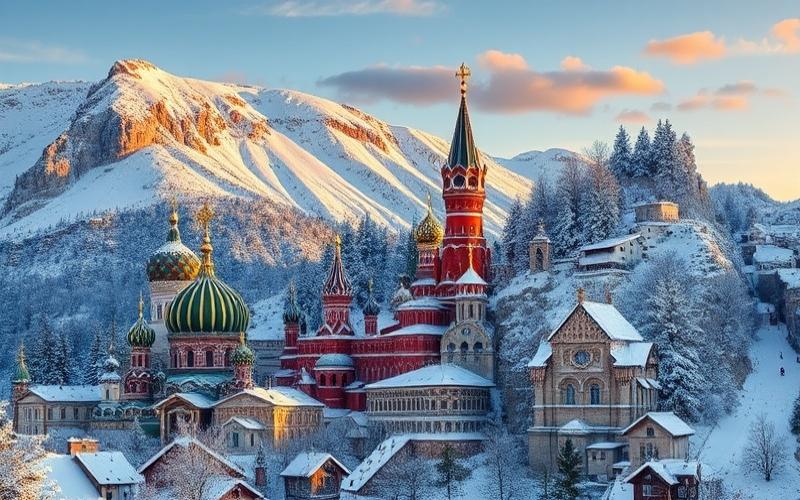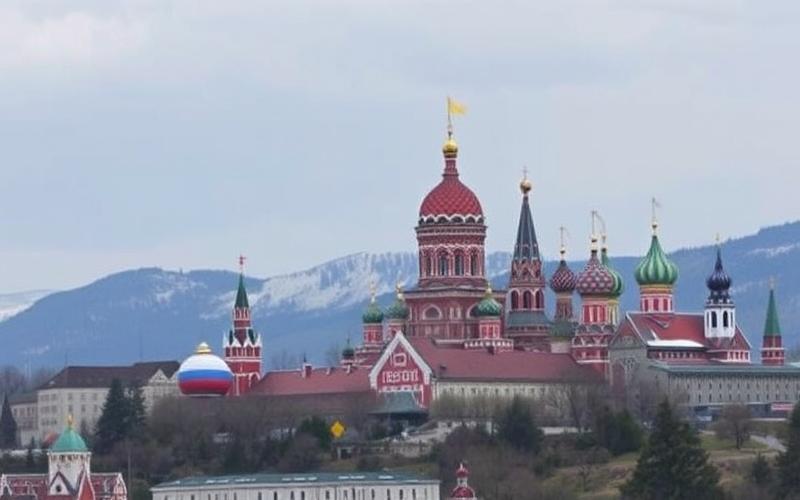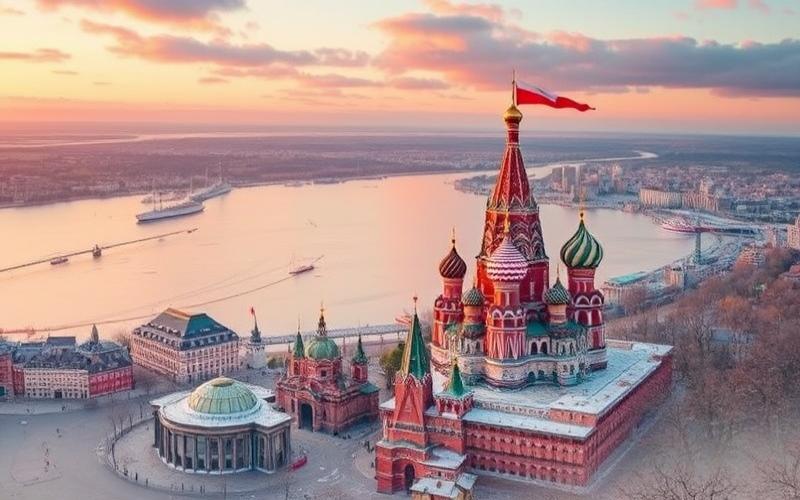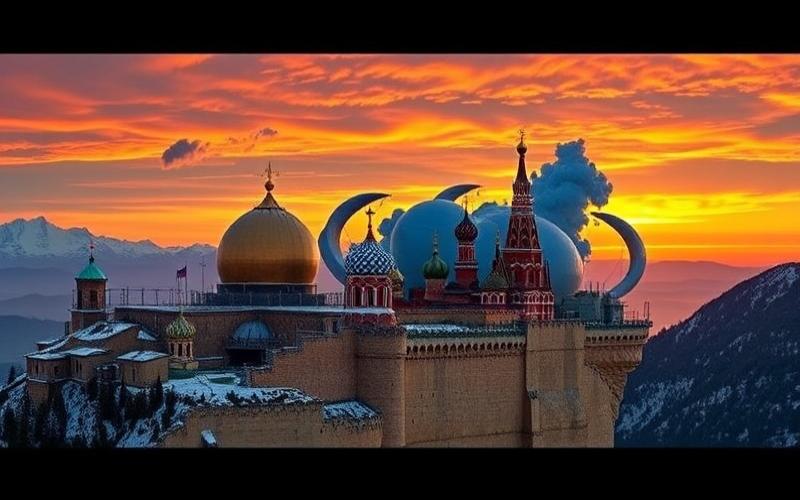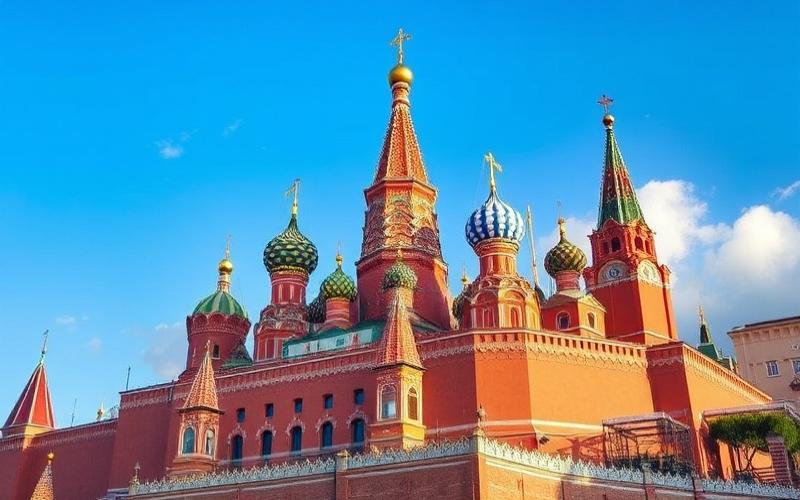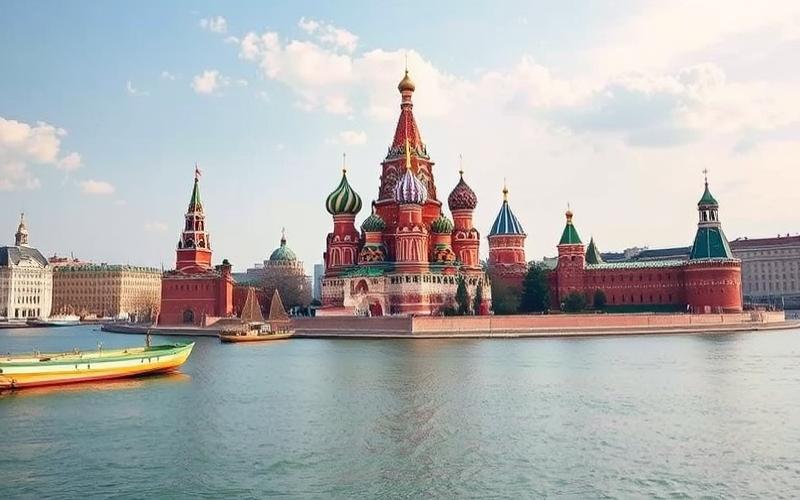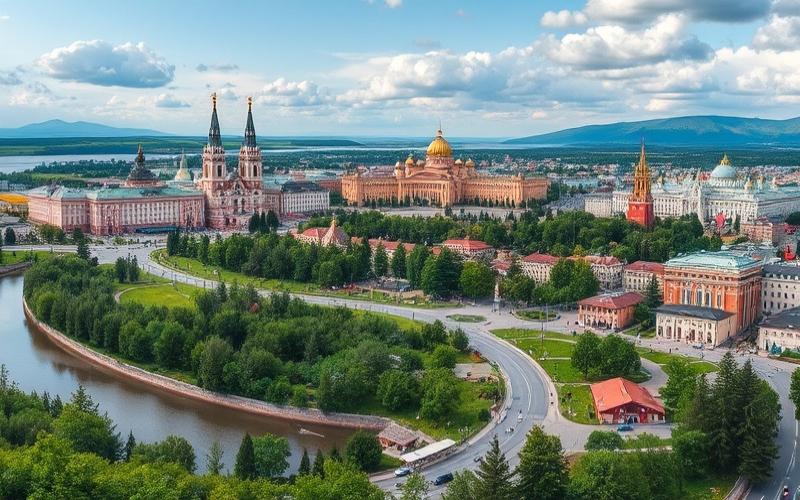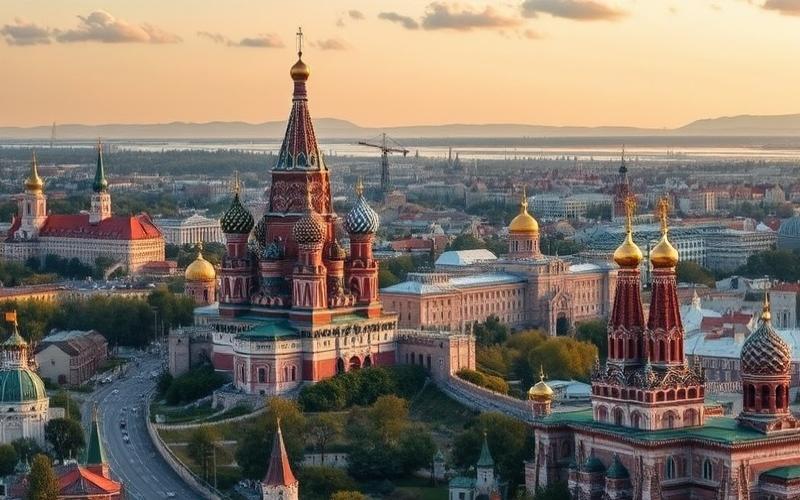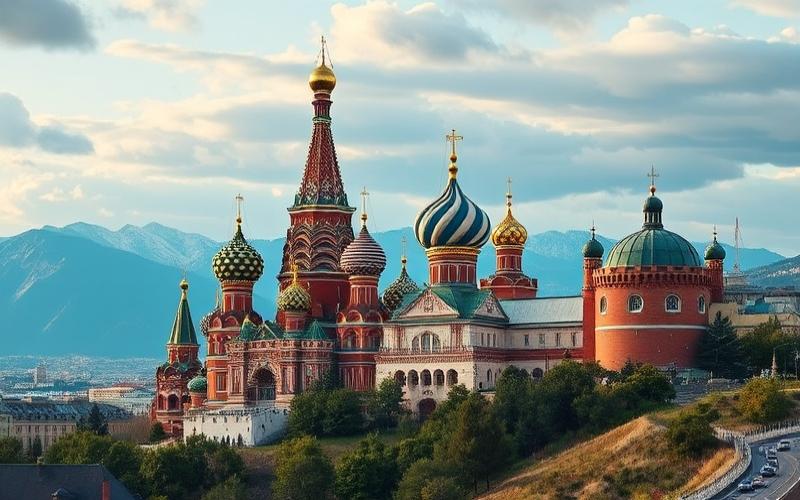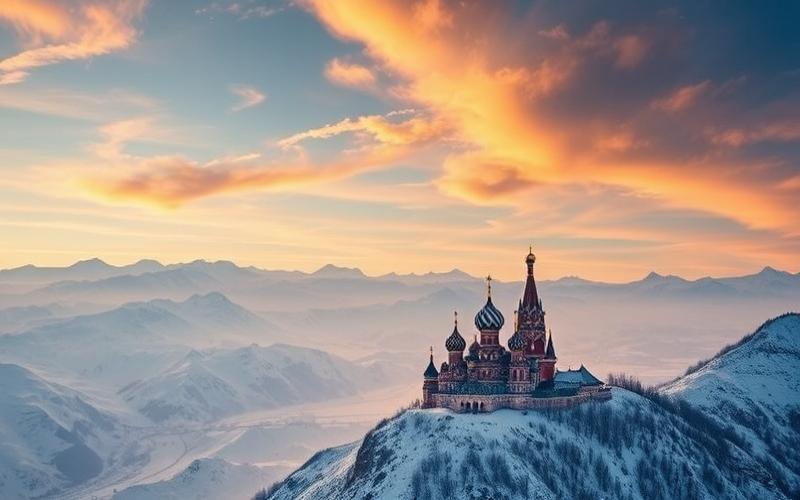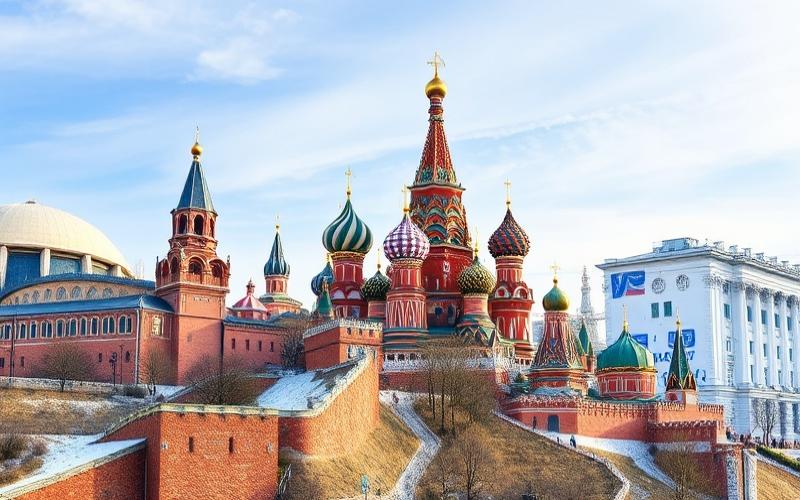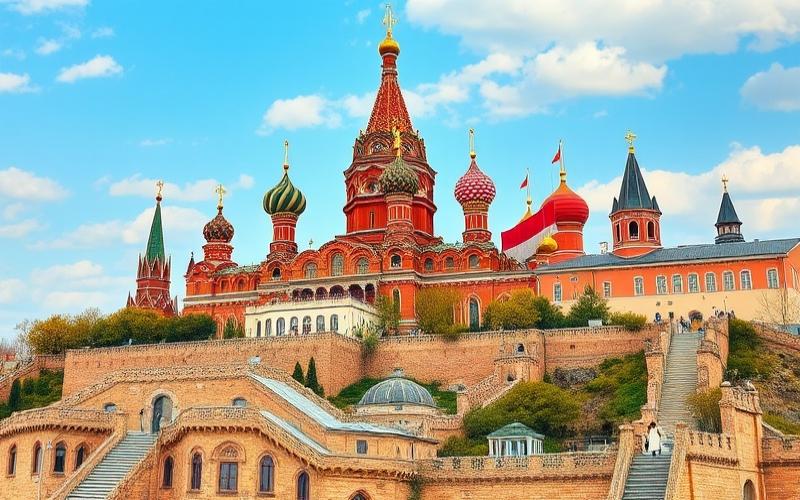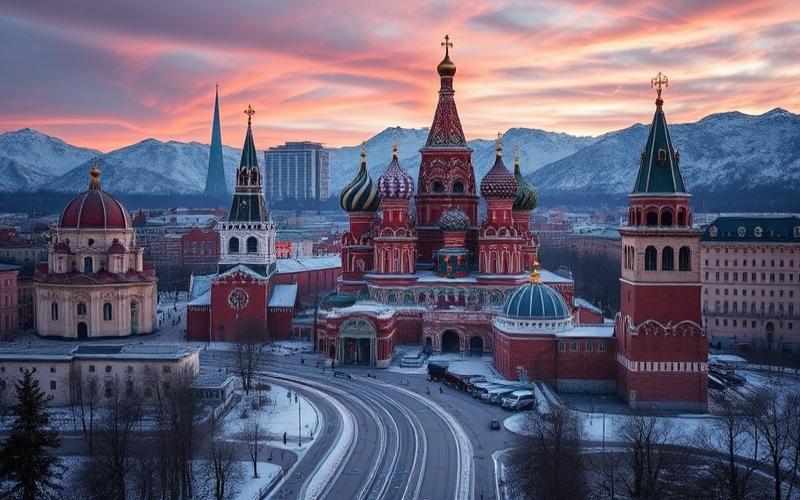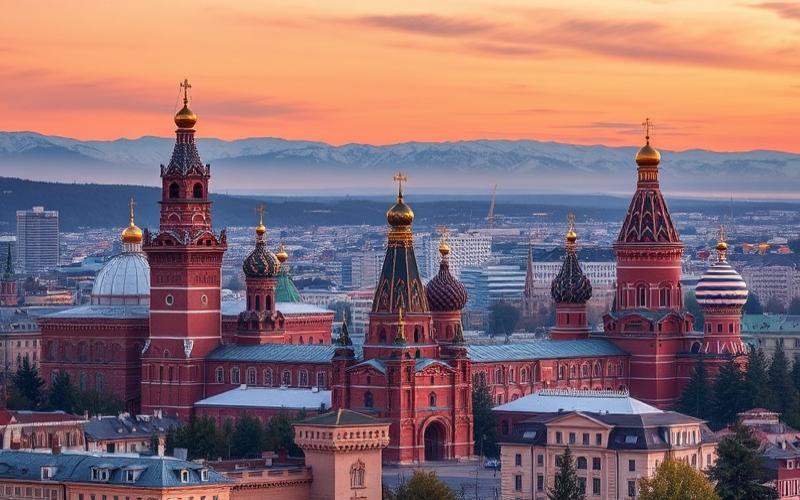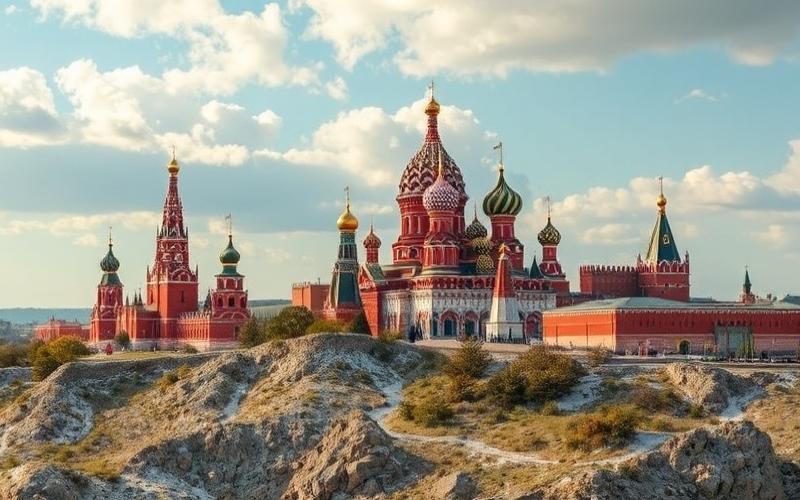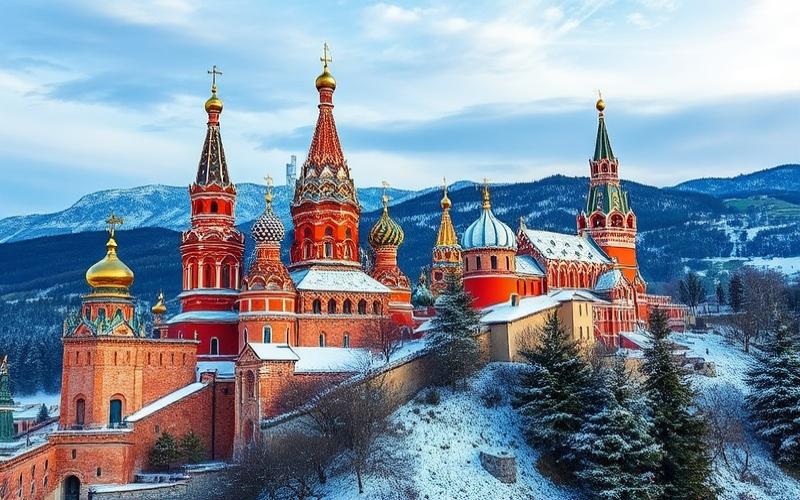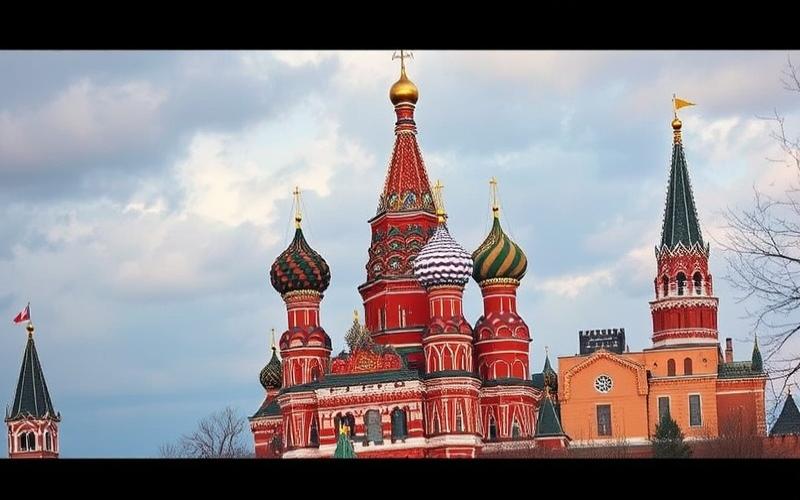
 Published on and written by Cyril Jarnias
Published on and written by Cyril Jarnias
Living in Russia as an expatriate can be an exciting adventure, but to make the most of this experience, it’s essential to know how to adapt to the local climate. From Moscow to Vladivostok, Russia boasts exceptional climatic diversity that can pose a challenge for newcomers.
This article provides practical tips to help you acclimate quickly, whether it’s choosing appropriate clothing to face the harsh winters, understanding seasonal variations, or taking advantage of local traditions around the seasons.
Dive into these recommendations to make your stay a success, no matter the outside temperature.
Adapting to Extreme Seasons in Russia
Russia is distinguished by extreme climatic variations that expatriates must absolutely adapt to:
- Harsh winters: temperatures regularly below -10°C in Moscow or St. Petersburg, which can drop to -40°C in some Siberian regions.
- Hot and short summer: summer temperatures around 17–25°C depending on the region, with occasional heatwaves.
Practical Tips for Managing Seasonal Changes
Clothing Preparation
In winter:
- Insulated coats (down or wool)
- Waterproof and lined boots
- Thick gloves, scarves, hats/ushankas
- Thermal underwear
In summer:
- Light but covering clothing to protect from the sun and mosquitoes
- Sunglasses and hats
Daily Management During Difficult Conditions
- Adjust your home-to-work commute by favoring heated public transport in winter or air-conditioned in summer.
- Allow more time for travel during snow or ice episodes.
- Plan shopping in advance before winter storms; opt for home delivery if possible.
| Season | Key Equipment | Adaptation of Daily Activities |
|---|---|---|
| Winter | Insulated coat, fur-lined boots, thermal gloves | Use of heated public transport; limit long outings; bulk shopping preparation |
| Summer | Light/covering clothing, sunglasses | Outings early morning/evening; increased hydration |
Comfort at Home
- Check the quality of your home’s thermal insulation (double-glazed windows).
- Use efficient heating systems (modern radiators/traditional Russian stoves).
- Regularly check the functioning of centralized heating in the city.
Integrating Local Habits
- Practice banya (Russian sauna) to warm up and strengthen cold resistance.
- Participate in seasonal celebrations like Maslenitsa (end of winter), evenings during the White Nights in St. Petersburg in summer.
Cultural Tips for Positively Assimilating These Changes
- Join locals in winter outdoor activities: ice skating, walks in the snow.
- Discover cuisine adapted to the seasons: hot soups like borscht in winter; refreshing kvass in summer.
Practical Box:
To successfully adapt to the climate in Russia:
*Invest in appropriate clothing equipment,
adapt your daily organization,
integrate local traditions like the banya,
actively participate in cultural events related to the seasons.*
Good to Know:
Plan flexible travel and explore local solutions like the banya to face harsh winters where temperatures often drop below -20°C. For summers, adopt light covering clothing to avoid heatstroke and participate in seasonal festivities to better integrate.
Preserving Your Health Against Russian Climatic Conditions
Russia features a great diversity of climate types: humid continental, subarctic, hypercontinental, and tundra. Most of the territory is subject to a continental climate, characterized by long and harsh winters (with temperatures that can reach −50 °C in Siberia and around −10 °C in St. Petersburg), short but sometimes very hot summers (up to +30 °C), and significant thermal variations between seasons. Transitions between summer and winter are often very abrupt, with little or no intermediate seasons.
| Region | Climate Type | Typical Winter | Typical Summer |
|---|---|---|---|
| Moscow/Western Europe | Humid continental | -6 to -20 °C | 20 °C |
| Siberia | Hypercontinental | up to -50 °C | short, cool (+15-20) |
| Far North | Tundra/subarctic | very long & extreme | very short & cool |
Setting Up Your Home for Better Climatic Comfort
Adequate insulation is essential to face the harsh Russian winters, where temperatures can drop well below zero. Using suitable materials like mineral wool, polyurethane, or expanded polystyrene to insulate walls and roofs can significantly reduce heat loss. Double or triple-glazed windows with low emissivity are highly recommended to prevent cold infiltration while maintaining good natural light.
| Recommended Insulation Materials | Advantages |
|---|---|
| Mineral wool | High thermal resistance, fireproof |
| Polyurethane | Excellent insulation, lightweight |
| Expanded polystyrene | Good value for money, easy to install |
Efficient heating systems are also crucial:
- Centralized heating is very common in Russian cities and ensures constant warmth.
- For individual houses or dachas: prefer underfloor heating, which offers uniform thermal comfort, or install modern programmable radiators.
- Remember to regularly maintain your system to avoid breakdowns during extreme periods.
To optimize energy:
- Installing double-glazed windows drastically reduces energy loss.
- Sealing doors and windows eliminates unwanted drafts.
- Using low-emissivity glass helps maintain indoor temperature.
In summer, despite the rarity of heatwaves in much of the country:
- Using portable fans facilitates air circulation without heavy installation.
- Air conditioning can be considered in some more southern regions; there are now very energy-efficient models available.
To effectively regulate indoor temperature year-round:
- Opt for thick thermal curtains (velvet, suede) to further insulate your openings against winter cold and limit summer solar heating.
| Type of Flooring | Winter (warm) | Summer (cool) |
|---|---|---|
| Solid wood / laminate | Yes – retains heat | Yes – remains pleasant to the touch |
| Thick carpet | Yes – insulates perfectly | No – retains too much heat |
| Tile/ceramic | No – cold sensation | Yes – cooling |
Interior layout also plays a major role:
- Placing several rugs in main rooms adds an extra insulating layer against the cold floor.
- Multiplying cushions and blankets on sofas/beds significantly improves comfort during severe Russian cold.
Practical tips adapted to the Russian climate:
- Annually check the general state of your insulation (walls/windows/roof).
- Prefer warm textiles for curtains and decoration from September/October: velvet, knitted wool…
- Create several functional zones with low furniture near the heated floor (if underfloor heating is installed).
- Slightly circulate air via small vents even in winter if possible; this limits condensation without excessively cooling your home.
Adapting these strategies allows newcomers from other countries unaccustomed to Russian climatic extremes to quickly improve their comfort while managing their energy consumption.
Good to Know:
Invest in quality insulation with suitable materials to face the harsh Russian winters, and consider installing double-glazed windows and modern radiators to optimize energy efficiency. For rare heatwaves, the use of fans and air conditioning, combined with thermal curtains and appropriate flooring, can greatly improve indoor comfort.
Disclaimer: The information provided on this website is for informational purposes only and does not constitute financial, legal, or professional advice. We encourage you to consult qualified experts before making any investment, real estate, or expatriation decisions. Although we strive to maintain up-to-date and accurate information, we do not guarantee the completeness, accuracy, or timeliness of the proposed content. As investment and expatriation involve risks, we disclaim any liability for potential losses or damages arising from the use of this site. Your use of this site confirms your acceptance of these terms and your understanding of the associated risks.

